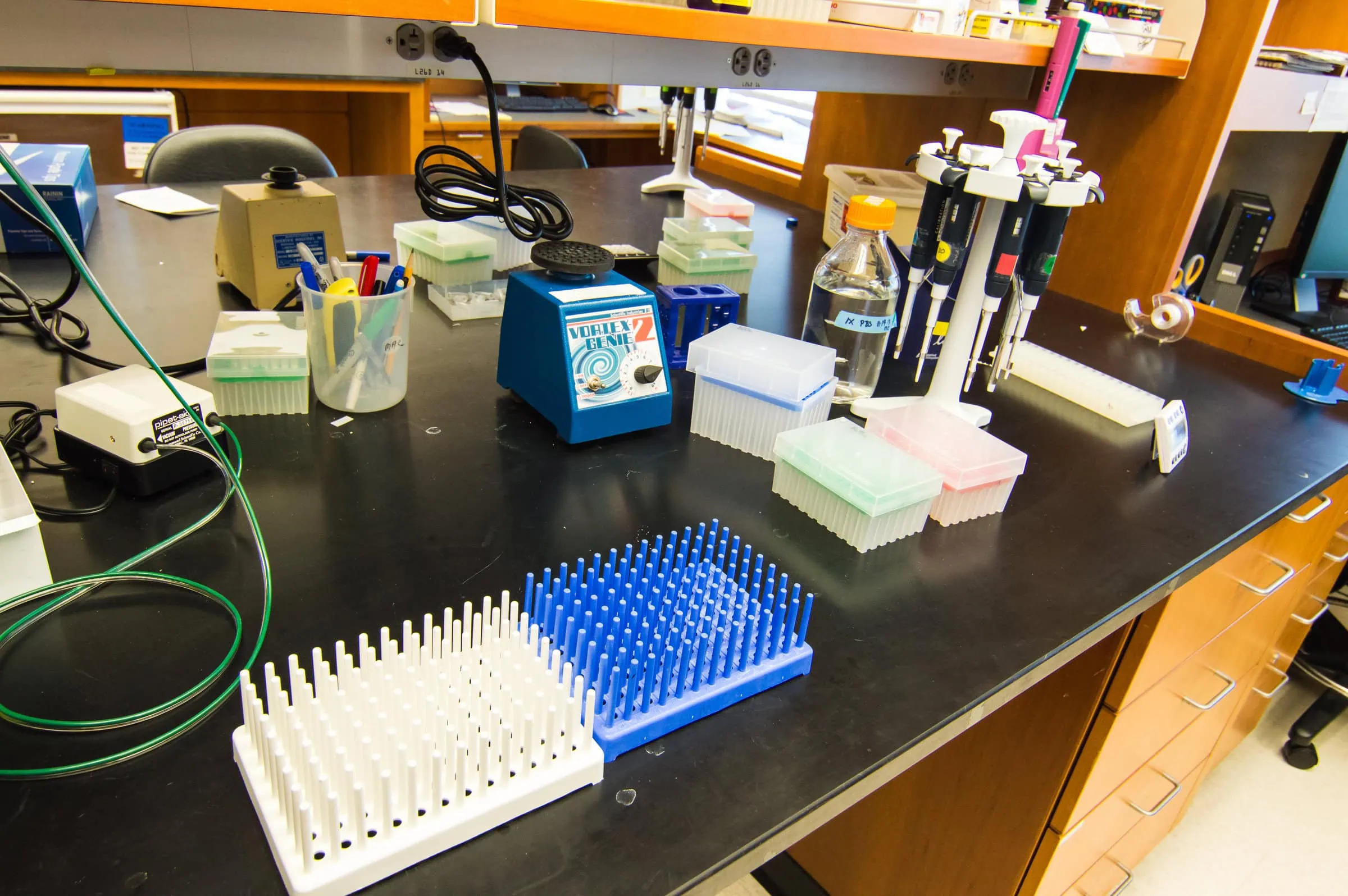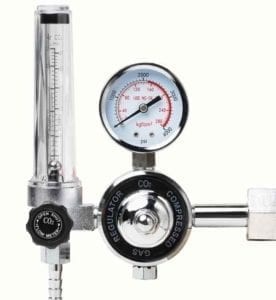Closed Loop Outgassed Materials

Monitor outgassed materials in bioreactor headspace for closed-loop system control
Measuring outgassed material in the bioreactor headspace is a powerful tool for understanding the metabolic activity of your cell culture and the effectiveness of your bioreactor setup. While it is more resource intensive than simply measuring dissolved oxygen and pH, outgassing measurements ensure that your culture is healthy, that you can maximize your yields, and that you can effectively scale the reaction.
Healthy CO2 levels mean healthy cells
Bioreactor systems are designed so that carbon dioxide, the metabolic byproduct of cell growth, will rise into the headspace of the reactor, where it is then removed by the overlay airflow sweeping the system. Measuring the CO2 levels removed from the system can provide invaluable information about both the metabolic rate of the culture and the overall health of the system.
Low levels of CO2 in the headspace likely indicate that the culture is growing slower than expected. This may indicate non‑optimal system design, system flaws, or improperly calculated scale‑up parameters. All of these have the potential to drastically and detrimentally affect the development timeline.
These low CO2 levels in the headspace may also be a sign that CO2 is remaining trapped in the medium. If the levels of CO2 in the medium get too high, the steep concentration gradient will prevent any further release of toxic CO2 from the cells. This buildup is often a result of foam accumulating at the top of the culture medium due to agitation and sparging. If noticed, it can be countered by adding anti‑foaming agents.
Trapped CO2 within the culture medium poses additional danger to the cell environment, as it will react with water and create carbonic acid. This lowers the pH of the system and the highly acidic environment, in combination with the cells’ inability to release toxic material, is likely to kill the culture.
Given that pH has a profound impact on cell health, and can drastically fluctuate with changing CO2 levels, pH probes have long been standard in bioreactors. Combining this tool with outgassing measurements enables thorough diagnosis and correction of any issues that arise in a cell culture.
Measure oxygen transfer using the respiratory quotient
Oxygen mass transfer is most often calculated using dissolved oxygen and pH measurements. However, recent research shows that it is preferable to calculate this parameter using the respiratory quotient, the ratio of oxygen consumed to carbon dioxide produced during a phase of culture growth.
The respiratory quotient is a key parameter for controlled scale‑up of a bioprocess. It uses measurements of headspace gas levels to provide real‑time information on the metabolic growth rate of the culture. That data can then be fed into a growth model for planning purposes, or into the controller of a reactor system, for tight, closed‑loop control of the system.
Monitor and control growth processes in real-time

It can also be useful to measure the headspace levels of gases other than CO2. These measurements can be used to calculate oxygen limitations and oxygen transfer rate, predict biomass concentrations, and otherwise monitor and control culture growth.
Consider oxygen transfer rate (OTR) — information gained from monitoring headspace levels of oxygen. Maximizing OTR is necessary to maximize process yield, and we know that any oxygen in the headspace has not been taken up by the cells. So monitoring oxygen levels in the headspace can let us know if cells aren’t taking up expected oxygen levels. Because OTR is highly dependent on the design features of the bioreactor (shape, bubble size, impeller type, sparger type, etc.), this indicates the reactor is not optimally designed.
Analyzing unknown mixtures of outgassed materials in the headspace can also provide information about your process and product purity. The headspace mixture can be flowed into a mass spectrometer to identify the components. This can ensure that there are no impurities and that the culture is behaving as expected.
Overall, these measurements serve to accurately control batch‑fed processes in real‑time. Monitoring the outgassed material in the bioreactor headspace and linking that data back to the system controller provides real-time analytics for controlling the bioreactor system. This then works to ensure high batch quality at any phase of biologics development.